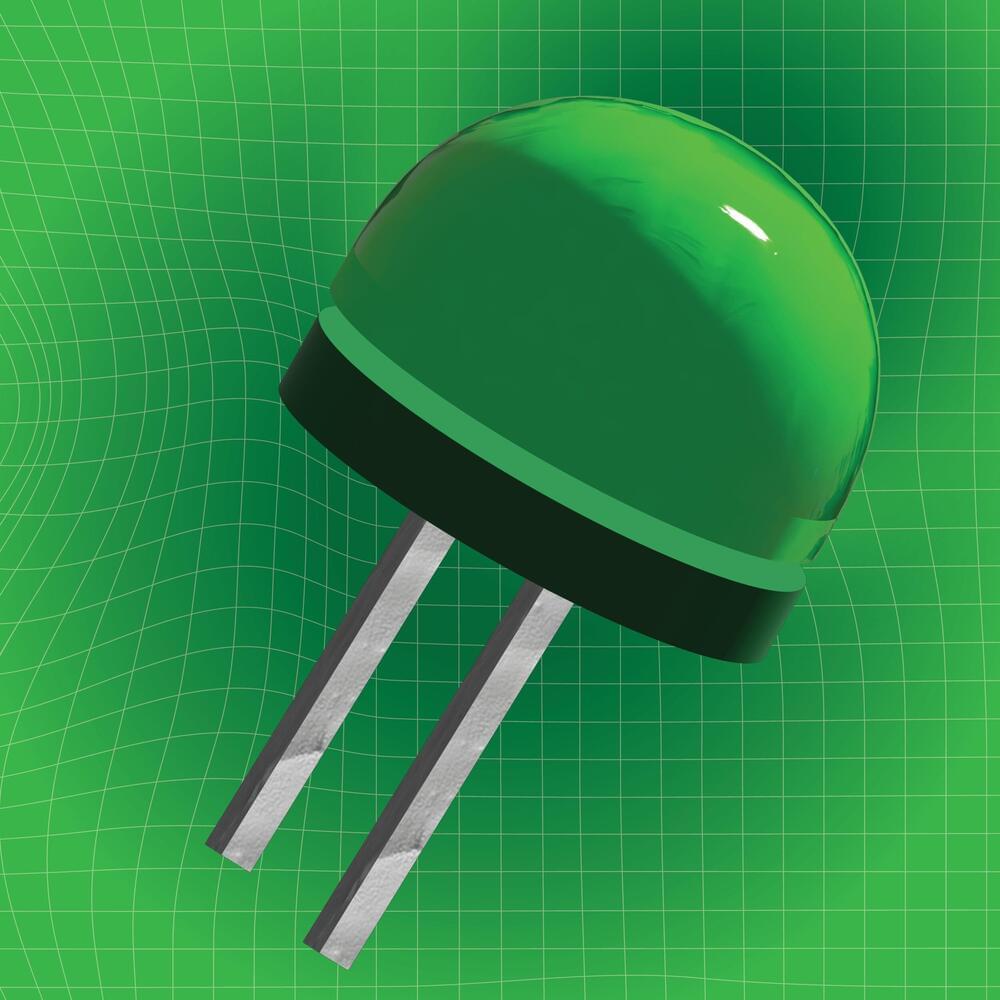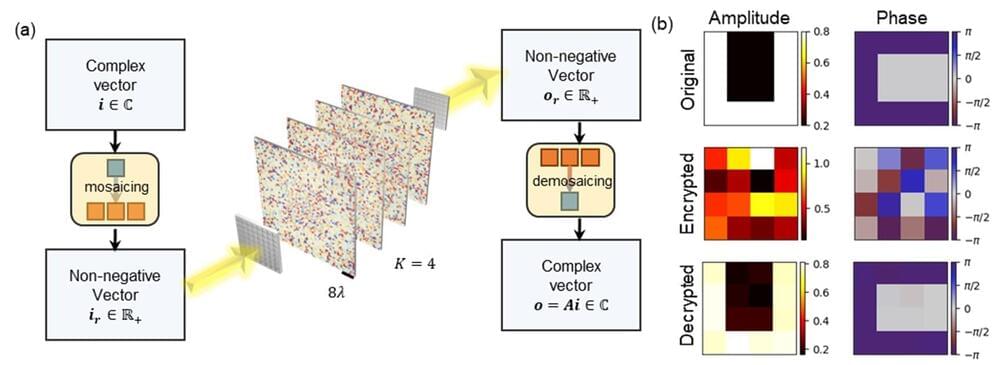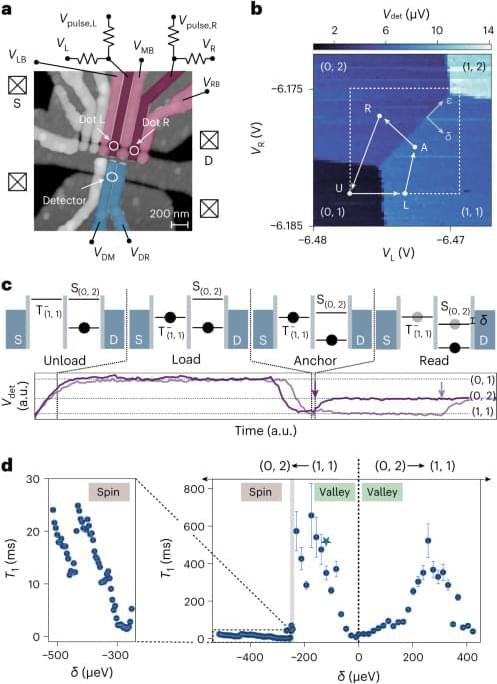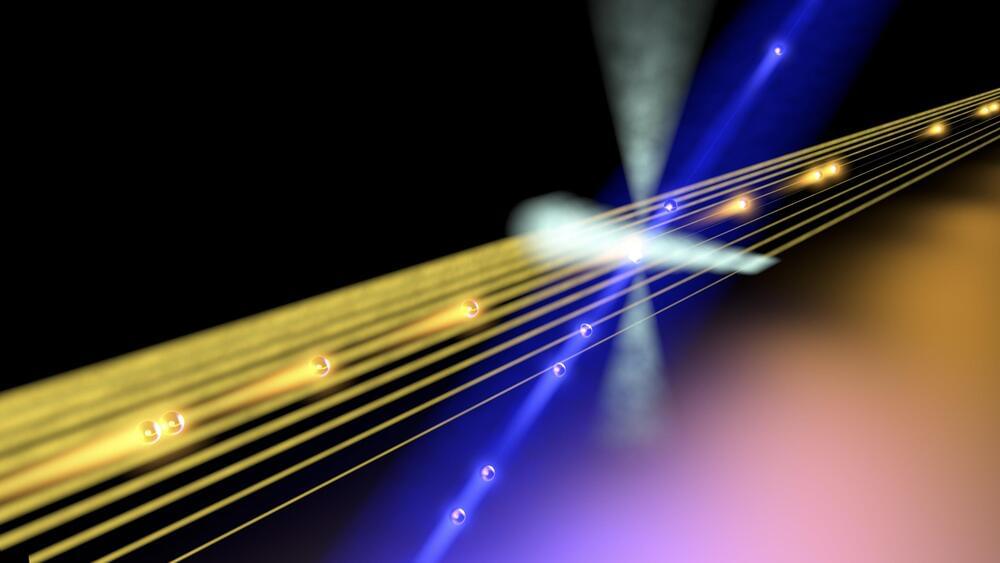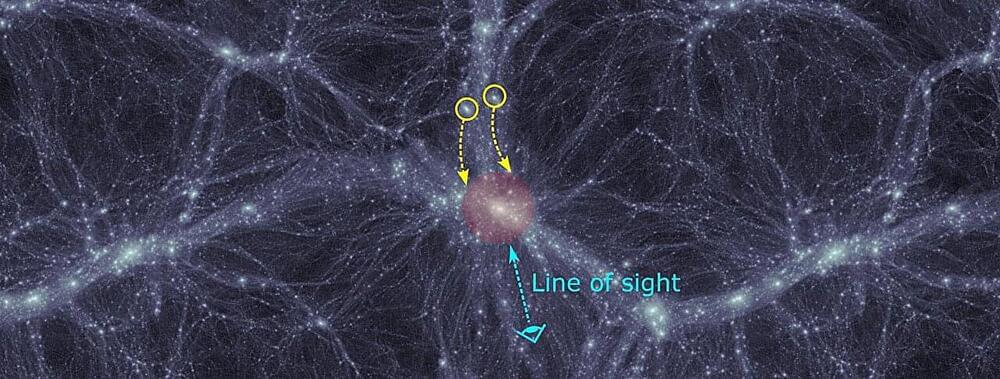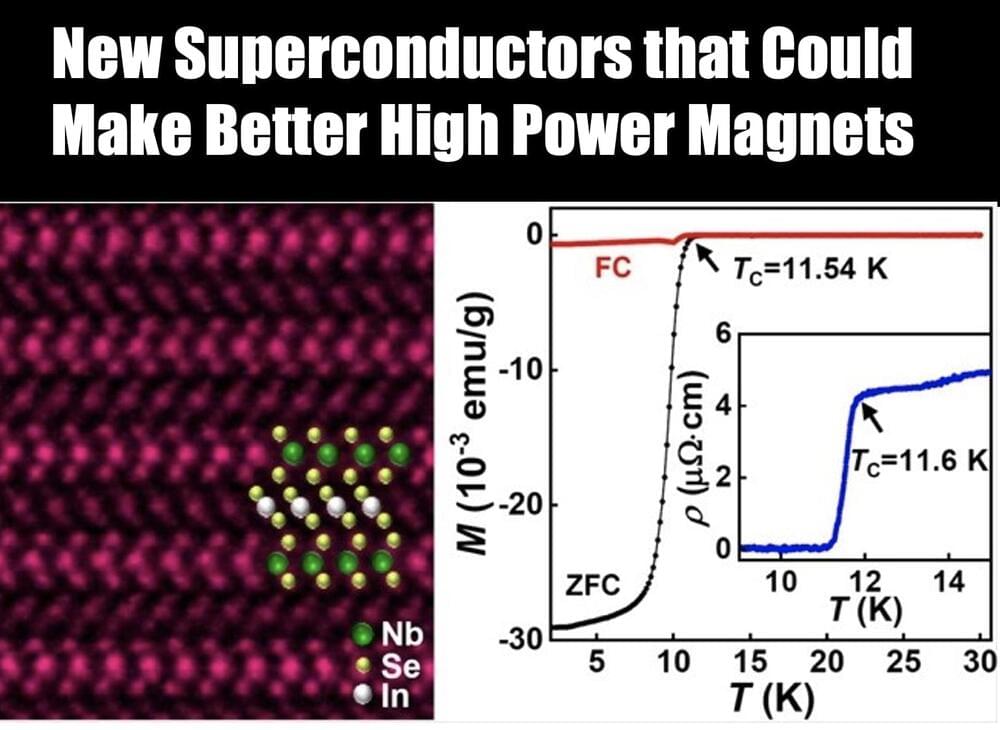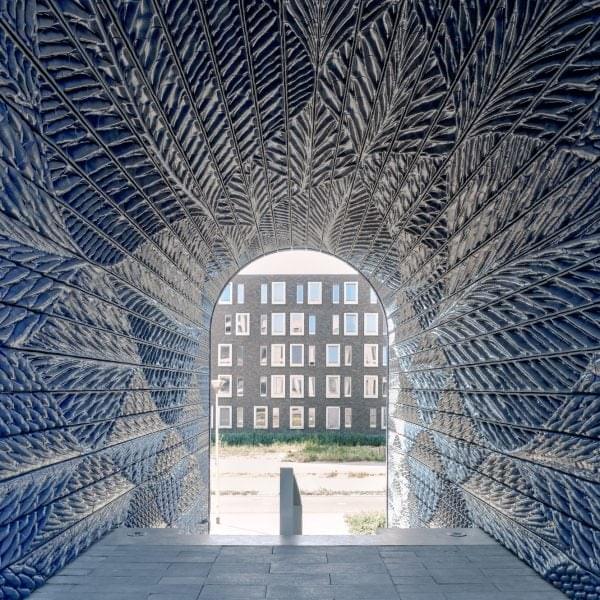Jan 23, 2024
BMW previews early look at its new high-performance i5 M60 Touring EV
Posted by Shailesh Prasad in category: transportation
BMW’s 5 series is set to expand very soon. The automaker is teasing the new BMW i5 M60 Touring, giving us a sneak peek at what we can expect from the high-performance EV.
After teasing an electric 5 series sedan for over six years, BMW finally unveiled the i5 last May. It’s a slightly larger, all-electric take on its predecessor. BMW included its latest software and tech, including OS 8.5.
The i5 is in the middle of the 3 series and larger 7 series in BMW’s lineup. As its second best-selling vehicle, the 5 series has and will continue to play a key role in the brand’s success.


